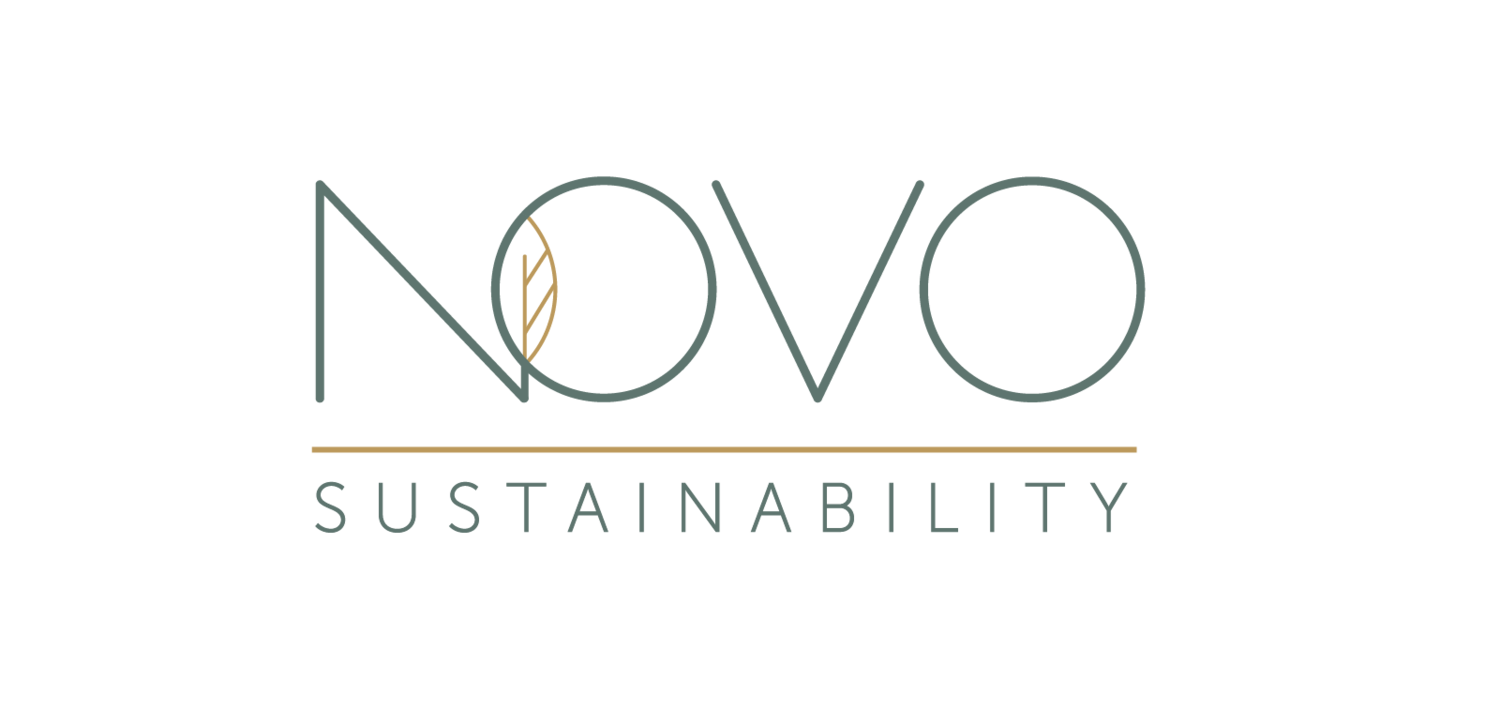Food as Medicine
/The CDC reports that treatments for preventable, chronic diseases such as obesity, heart disease, high blood pressure, or diabetes account for approximately 75% of the nation’s healthcare spending, which in 2019 topped $3.8 TRILLION according to data compiled by the US Centers for Medicare and Medicaid Services (CMS). COVID-related expenditures aside, the CMS projects that by 2028 national healthcare expenditures will be over $6 TRILLION. Why do we, as a nation, spend so much on preventable diseases?
The answer to that is complex but is rooted in two things: modern agricultural practices and access to food.
Modern Agricultural Practices
Modern agricultural science has focused so much on disease and drought resistant foods that look “pretty” that many commercially grown products are lacking in the variety of nutrients and polyphenols our bodies need to naturally heal themselves and thrive. Our modern food system’s reliance on mass production has caused nutrient content to be an afterthought. It’s important for us to consume plants that are high in phytonutrients, which are diminished in a lot of commercially produced foods.
The centralization of food production is a problem too. While some vegetables, like potatoes, do not lose nutrient content when harvested, broccoli begins losing nutrients within 24 hours of being cut. So the broccoli that’s been in your fridge for a week that took a week to get to the grocery store before you bought it has lost most of its beneficial nutrients by the time you eat it.
Modern agricultural practices also include the widespread use of pesticides and herbicides. According to research by the National Center for Biotechnology Information (NCBI), pesticide and herbicide residue can be found in lots of everyday foods and beverages like fruits, vegetables, water, wine, and pet food. In a report published by the NCBI in 2016, they state that ongoing exposure to even more ecological herbicides like glyphosate can cause a decrease in insulin secretion, disrupt normal cellular metabolism of proteins, carbohydrates and fats, and contribute to “serious health effects including cardiovascular diseases, negative effects on the male reproductive system and on the nervous system, dementia, and also a possible increased risk for non-Hodgkin’s lymphoma.” What’s more disturbing, they go on to state that washing and peeling a carrot, for example, does not remove all the residues!
Access to Food
While many folks reading this can easily walk to or hop in the car to go to a grocery store like Whole Foods or Kroger with tons of options, access to healthy and nutrient-rich foods can be hard to find in both urban or rural environments. Food deserts exist across the country, in every state. Food deserts are areas where people have limited or no access to healthy, affordable food. Lower income and rural communities are disproportionately impacted by the lack of access to healthy foods. The USDA Economic Research Service has a mapping tool to identify food deserts in the US. The number of people who have low access to fresh food is astounding.
Even with access to grocery stores with a wide variety of fresh food options, families are faced with the reality that it could cost more than double to make a meal with fresh foods than it does to buy heavily processed or fast food and sodas. With financial constraints, many families choose quantity over quality, which keeps them from going hungry, but unfortunately contributes to those preventable, chronic healthcare issues.
What Does This Have to Do with Commercial Real Estate?
Hippocrates first said, “Let food be thy medicine, and let medicine be thy food.” We need a cultural shift. We need to find ways to make preventative care part of our lifestyle through sustainable, incremental changes to our daily lives, including our diets. We need to be saturated in a variety of plant life and increase our phytonutrient intake. And we need to make sure that everyone can do this, regardless of socio-economic status or location. Doing so will not only make us healthier but will also have a major financial impact both on an individual level and as a nation.
Wild foods contain much higher levels of phytonutrients than cultivated varieties. For example, dandelion greens have more antioxidants, calcium, vitamin A, vitamin K, and vitamin E than our modern day “superfood” spinach. Making small additions or swaps to our diet by adding herbs or different varieties of foods to increase gut diversity can have a waterfall effect on our health.
I’m not suggesting that we all go out foraging for wild foods (although I do). There are too many people and not enough wild landscape for all of us. However, commercial property owners and occupiers can respond to this crisis in specific, reasonable, and cost-effective ways, providing hope for those living in a food desert or near the poverty line or who simply want to lead a healthier lifestyle that will last. Here are a few ideas to inspire you:
Envision office planters with atypical edible and/or medicinal plants
Create a community accessible space
Incorporate permaculture techniques to create a resilient, sustainable landscape
Make simple swaps for traditional commercial landscape plantings for aesthetically pleasing edible and/or medicinal plants, shrubs, or trees
It’s not enough to provide a fee-based gym in your building or offer insurance discounts or Fitbit step competitions to your employees. Let’s be proactive in supporting each other for a collective improvement in the health of our communities. Through mindful and intentional design, we can support an approach to healthcare that is more preventative than reactive, which can benefit everyone, even your bottom line.


